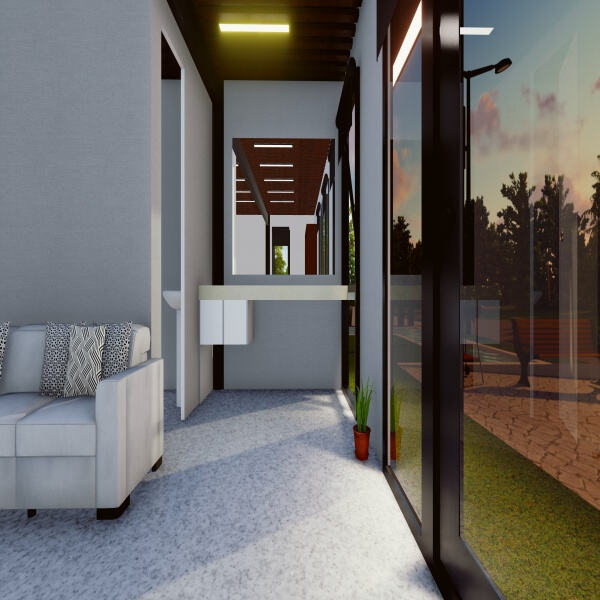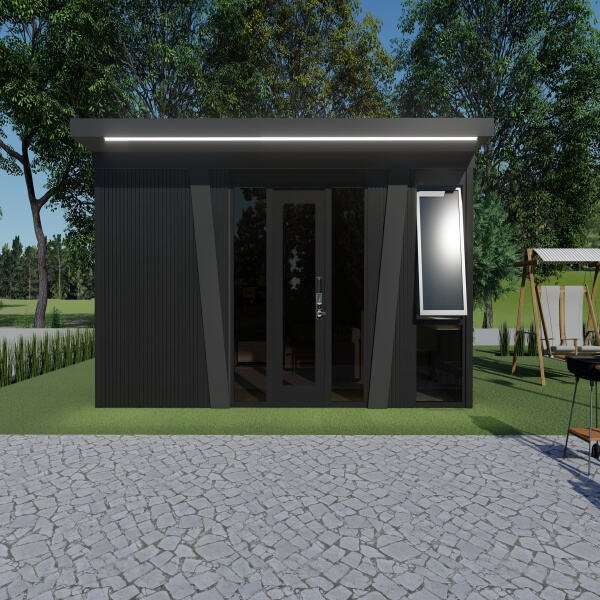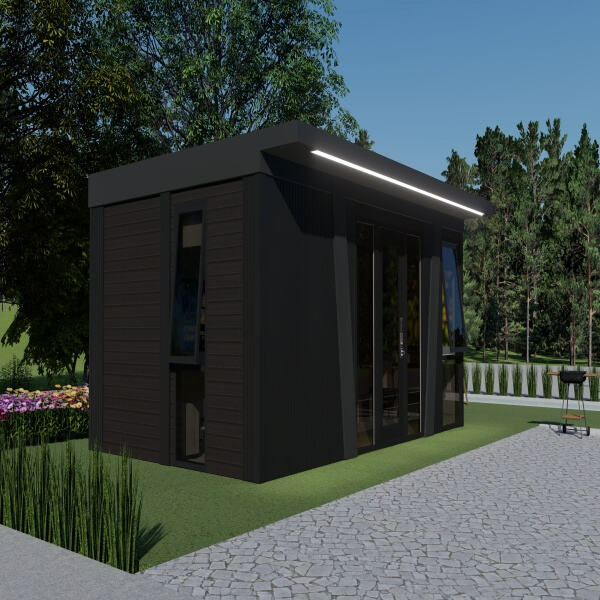The popularity of the less-is-more approach to living is spilling over from the tiny house movement into sustainable living, more and more people — regardless of their surroundings — are reconsidering where and how they live. This trend is evident in China, where demand for prefabricated houses is booming. New housing options in the form of eco-friendly houses, etc. are being helped/led by March House in this movement of green living.
And having more people know how building a house in the traditional way can be harmful to the environment. For that reason, many people are searching for sustainable solutions. Prefabricated homes, also known as modular or manufactured homes, are a great option for those who want to reduce their carbon footprint and live more sustainably.
Some a pān-joHouse, but in the future has more of plastic building, which will become a new trend. At March House, we are creating modern, high-performance homes that are good for people and the planet. Providing plenty of advantages, such as lower costs and quicker construction times, those houses make them popular among many Chinese families.

Its affordable price is one of the reasons people prefer prefabricated houses. March House provides a wide range of options with various price points allowing more people to settle down. Additionally, prefabricated homes can be constructed far faster than traditional homes — sometimes in a matter of weeks, as opposed to months.

The traditional building method is lengthy and costly. And they can be damaging to the environment as well. Prefabricated houses are helping to reshape how we view home building by being more efficient, less expensive, and kind to the planet. March House employs modern technology and sustainable materials to create homes that not only look good but are also Earth-friendly.

The fast building speed is one of the great things about prefabricated houses. March House can assemble and erect houses far more quickly than it takes to construct a traditional home. Such speed is money- and time-saving, as well as waste- and building energy-reducing.